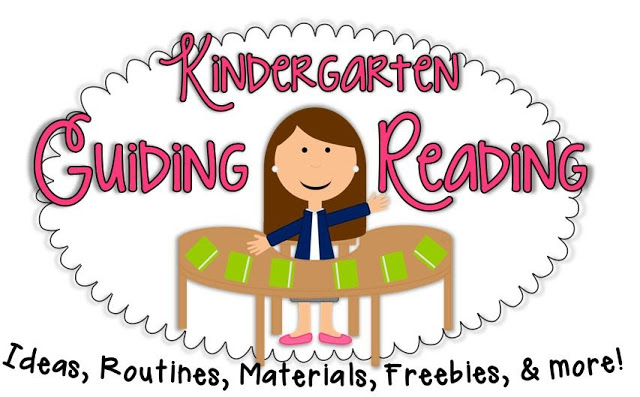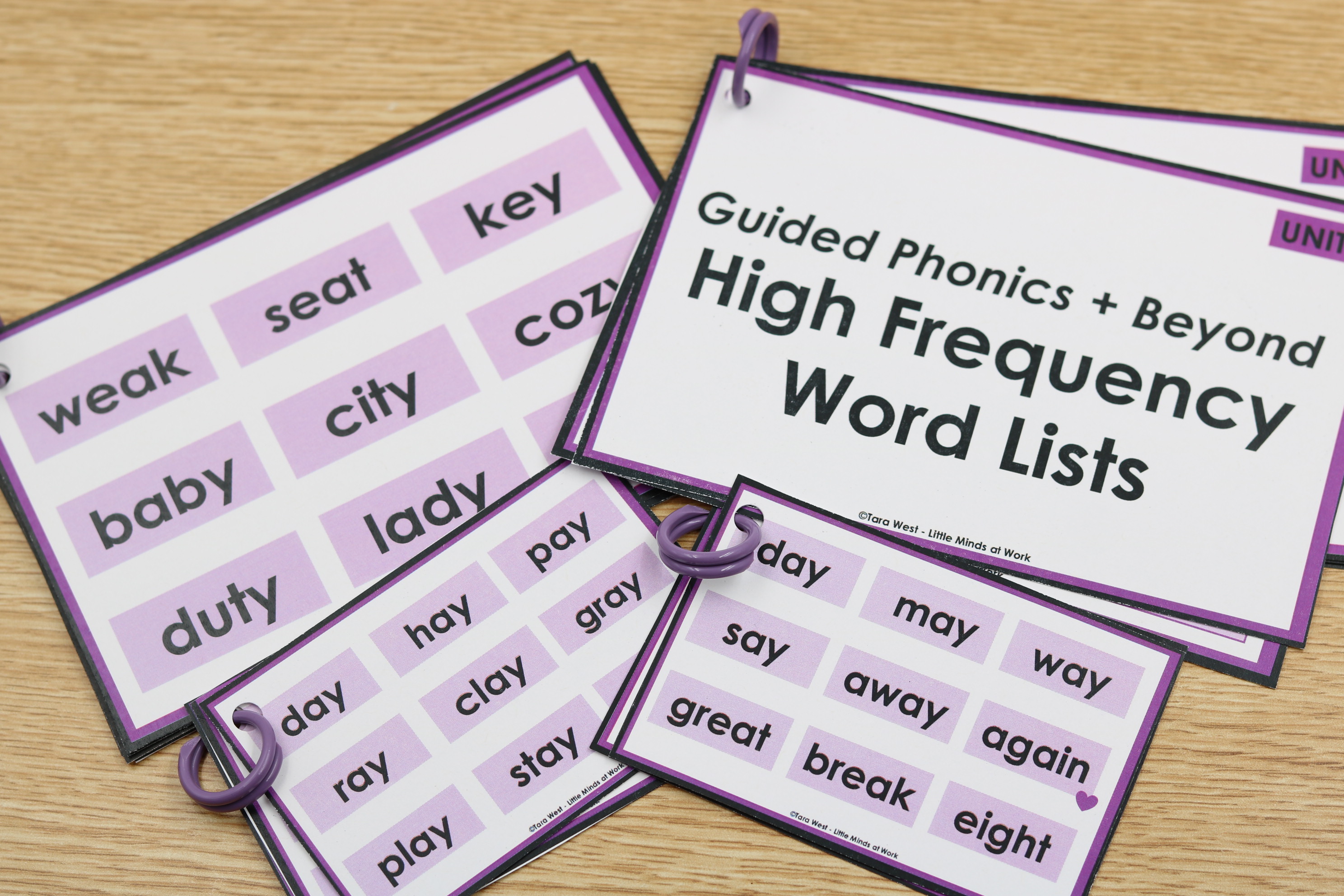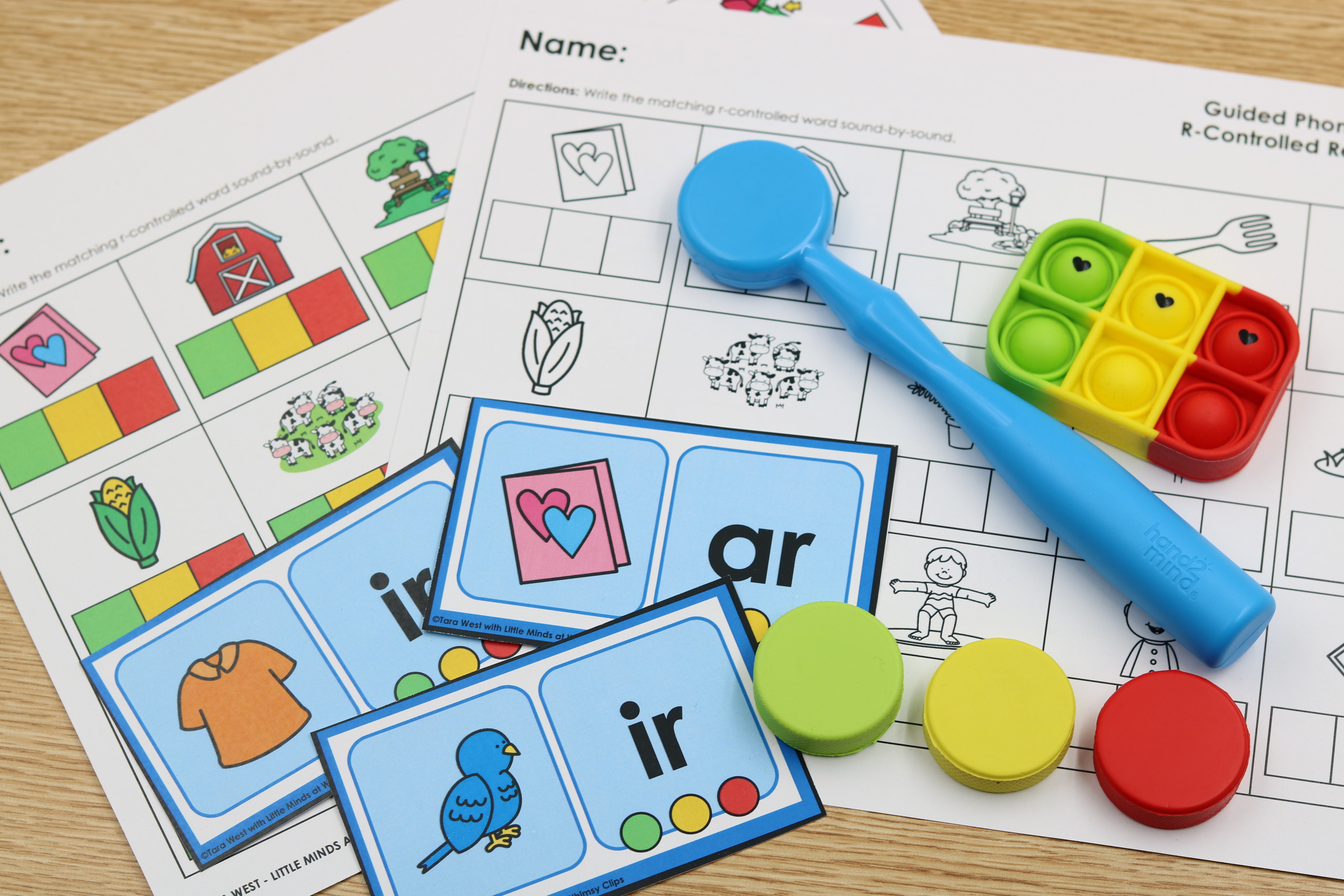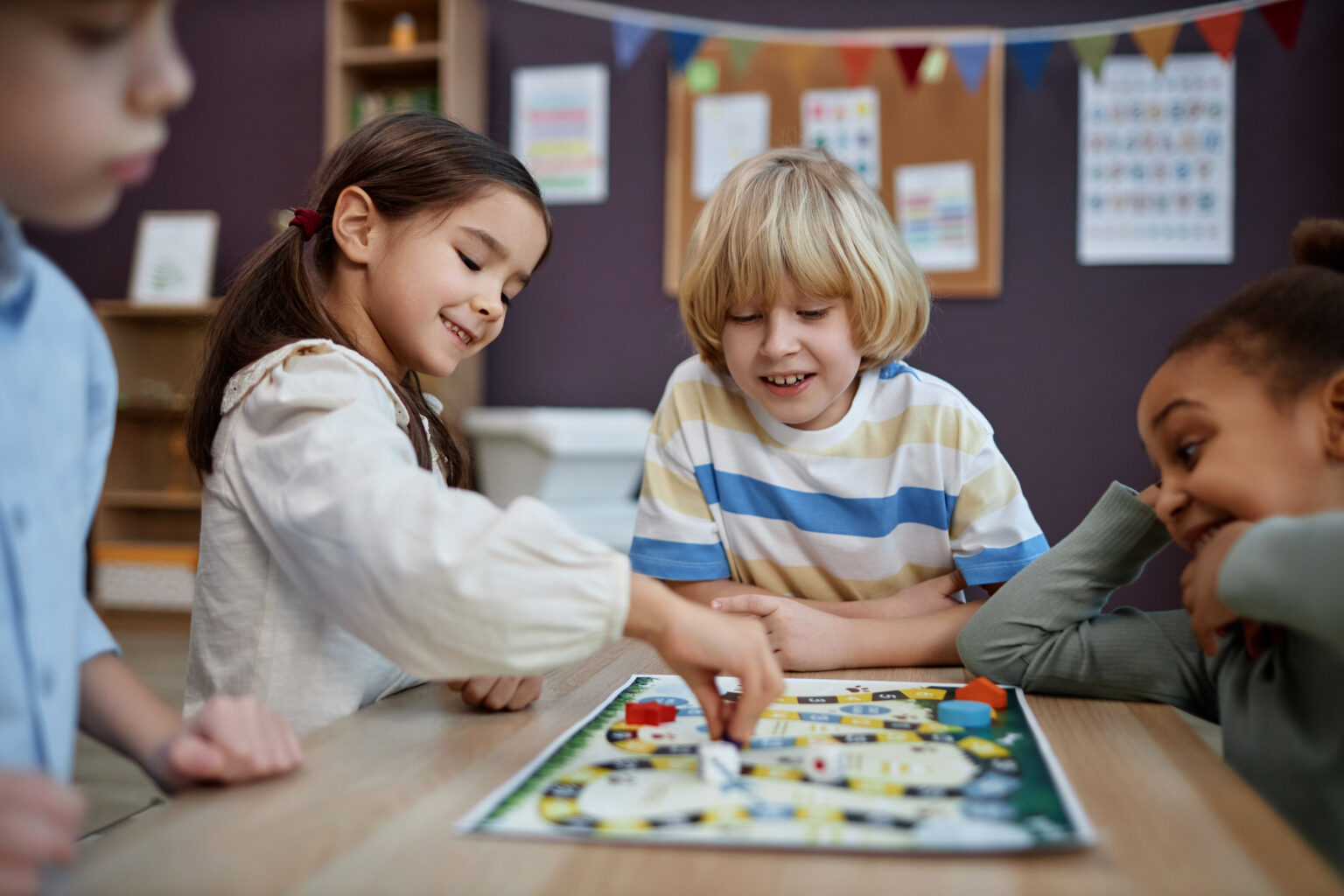Hello, passionate educators and literacy leaders! As you know, phonics instruction is...
Happy Tuesday blog friends! I am so excited to compile ALL of my guided reading/Daily 5 ideas into one easy to read and follow blog post! Every year I am so impressed with how quickly my students grasp the Daily 5/Guided Reading time of the day. It truly ends up being one of their favorite times of the day. We are currently getting in our four rounds of Daily 5/guided reading groups. I am also able to easily work with a group while the remaining students work INDEPENDENTLY! Below I will break it all down, answer frequently asked questions, and leave you with a sweet deal 🙂
I start out the first full week of school. I introduce Daily 5: Read to Self.Daily 5 read to self is always such a hard concept for the kids to get….no you can’t get up, no you can’t shout out, and no you can’t change spots either! Bless their little hearts- – they do their best 🙂 We started out by making our chart together and learning the three ways to read a book. I demonstrated each way to read a book {read the pictures, read the words, retell a story}. I used Pete the Cat for my retell story. You could tell that a light bulb really went off…”ah I CAN read!”
Before I sent them off to try building their reading stamina we practiced what it would look/sound like. I set the timer for 5 seconds as the students sat quietly at the carpet. They did great so we moved on to 10 seconds. They seemed to really understand what it meant so I sent them off with their book boxes to a quiet place in the classroom. The first day our goal was 3 minutes… it was SUCCESSFUL! I had previously placed 2 books from our library in each of their boxes.
As the week progressed we continued to add time onto our stamina. About mid-week I demonstrated the wrong way to read from their book tubs and then had a student demonstrate the correct way.
We then moved on to the next week introducing work on writing! All of my students have a work on writing folder. We keep these folders at our writing center {not to be confused with their Writing folder which they keep in their chair pockets}. Currently they have alphabet practice pages inside their Daily 5 work on writing folders. We will soon transition into writing picture starters! For additional work on writing ideas click below.
In the snapshot below you will see my writing center. No, mine is really not as cute as I’ve seen elsewhere, but it does get the job done. The four green baskets are my word work tubs. The two sets of folders are my work on writing folders. I have a boy stack and a girl stack. It makes finding the folder a lot easier.
Currently my students are working on one sheet a day. I will soon transition them into working the whole time and not setting a limit on how many papers they use a day. I have a limit now because we are still working on what a finished paper looks like and the definition of quality work!
This week we went into our next Daily 5 introduction and that was in word work! I introduced the 4 word work baskets and they were set! I do have a couple of rounds that we are sharing a basket, but that will soon change as we introduce read to someone and listen to reading. Click the image below to see what is currently in my word work baskets!
Up next? Next week I will be introducing listening to reading and the following week will be read to someone! For listening to read I utilize the computer, big CD player, and small headphone CD players. Below are the Listen and Learn activity mats I use at my big CD player. Click the picture to view more!
Guilty! I do not follow the traditional Daily 5 and allow the students to choose their Daily 5. I have an exact hour to get 4 12 minute groups in. That allows for transition and regrouping time and that about it! I instead self-assign my students on the smartboard!
Below are a couple of snap shots of my smartboard Daily 5 assigner. I have four rounds already on the smartboard for each day. The students meet me back at the carpet, we discuss the previous round of Daily 5 and they then look up on the board to see their next round. Each students moves quickly and quietly and we are off to our next round. This whole clean up, set at the carpet, previous round discussion, and move to next round take makes 3 minutes! Below is a picture of what my smart board looks likes {minus the student images!}
My district uses AimsWeb similar to that of Dibels. We take it about the second week of school. We see how many letter names and sounds the student can state in 1 minutes time. Most students have a lot of difficulty with the letter sounds! The letters are in a random order and with an equal mix of uppercase and lowercase. I also do a basic screening of all capital and lowercase letters. This is important because the AIMS data is only a random selection. Click the picture below to grab this letter naming assessment freebie! How do I to use it? Present letters to students and mark with a new color pen/marker for correct responses. You change colors each time so you can keep track of progress over time. Then graph how many they got each date you assess. This is great for the beginning of the year so you can hopefully see the student’s graph get higher and higher!
So back at how I group my students! I use their AIMS web data, their total letter names/sounds using the above assessing tool, a phonological assessment, and my own teacher observations of the students during the whole-group guided reading and I also look at the student’s ability to problem solve- not just in reading but in their classroom behaviors. If a student is a problem solver they will most likely be able to solve the unknowns they will find in reading! My guided reading groups are “fluid” so if I see one student that needs to change I’ll go ahead and change it up! I have no more than 6 to each group.
The first couple of weeks of guided reading are so important! You are starting a new routine for the kids. Not just the kids that are back at your table, but also the kids that are doing Daily Five or centers. I establish my “bathroom signal.” This is just when the students place their middle finger over their index finger and shake it at me. I emphasize that this a nonverbal communication meaning they don’t use their words when asking and I in return won’t use words to respond. Instead, I respond with a head shake “yes” or “no.”
During the first couple of weeks I emphasize 1:1 tracking! We count the words so we know how many “taps” each page will need. I have seen a lot of fancy reading pointers but I just use a plain ol finger! 🙂 During the first couple of weeks we work the letters in our names & a lot of rhyming.
Below is a snap shot of an activity called single sounds. The teacher gives three sounds with two being the same and one different. To demonstrate this activity at first and then continued for my beginning level learners I use snap cubes to represent the sounds. This helps them connect a visual to the sounds they heard. I will say three sounds, /t/, /m/, /t/. I then ask the students to tell me which sounds was the same /t/. I then ask what letter makes that sound.
Below are a couple of photos of the students practicing their 1:1 correspondence This is something that some students already have a solid foundation. However, for some of my students this will be their first experience with 1: 1 reading. These easy readers and practice strips are great for those friends!
These great practice easy readers and strips come from this packet! Click below to view!
I have to say that I am very lucky that my district understands the importance of having an abundance assortment of reading text. With our reading series, Journeys, we have 2 readers per week (a vocab reader and a leveled reader). I have a classroom set of Rigby leveled readers and my school also has a huge book room with many selections to choose from.
Journey’s easy readers along with my guided reading tub on the bottom.
Rigby readers- – they are leveled by DRA.I completely understand that some might not have this resource so I have a few places you can look into if needed! At the beginning of the school year when I am reading guided reading books whole class I love to use Reading A-Z Readers. Another great resource with free printable books is Hubbards Cupboard. I also offer a few different easy reader sets in my TpT store. See the photos below for links.
Yes! We are already doing “guided writing” during guided reading! That’s a mouth full for sure! We write after reading our story! This helps to pull out connections the students have with the story. Below are some snapshots of my student’s writing and blank writing templates that I have available.
Click below to view the guided writing templates!
Small group lesson plan binder!
My guided reading lesson plans! I have each week separated by I tab. I include any guided writing templates in each tab as well.
This is my guided reading tub! I store everything that I will need in it!
Alright friends…now to the fun stuff 🙂 Below are all of my compiled guided reading packets, work on writing activites, and word work packets! All things Guided Reading/Centers/ You can click on the snap shot below to view additional information on TpT!
You will be rockin’ it in know time for sure in your guided reading groups!
If you want to get the biggest “bang for your buck.” It would be my Guided Reading MEGA Bundle! It has all of my best selling guided reading material and it is ENDLESS. This means anything I add for guided reading you will get for free once you purchase the packet!
Guided Reading Packet #1
RTI & Guided Reading: Nonsense Words Fluency
RTI & Guided Reading Phoneme Segmentation
Guided Reading Packet #2
Guided Reading Bundle
Guided Reading Deluxe Bundle
Have a super ending to your week! If you have additional questions about guided reading/daily 5 feel free to email me any time at ta******@ho*****.com




